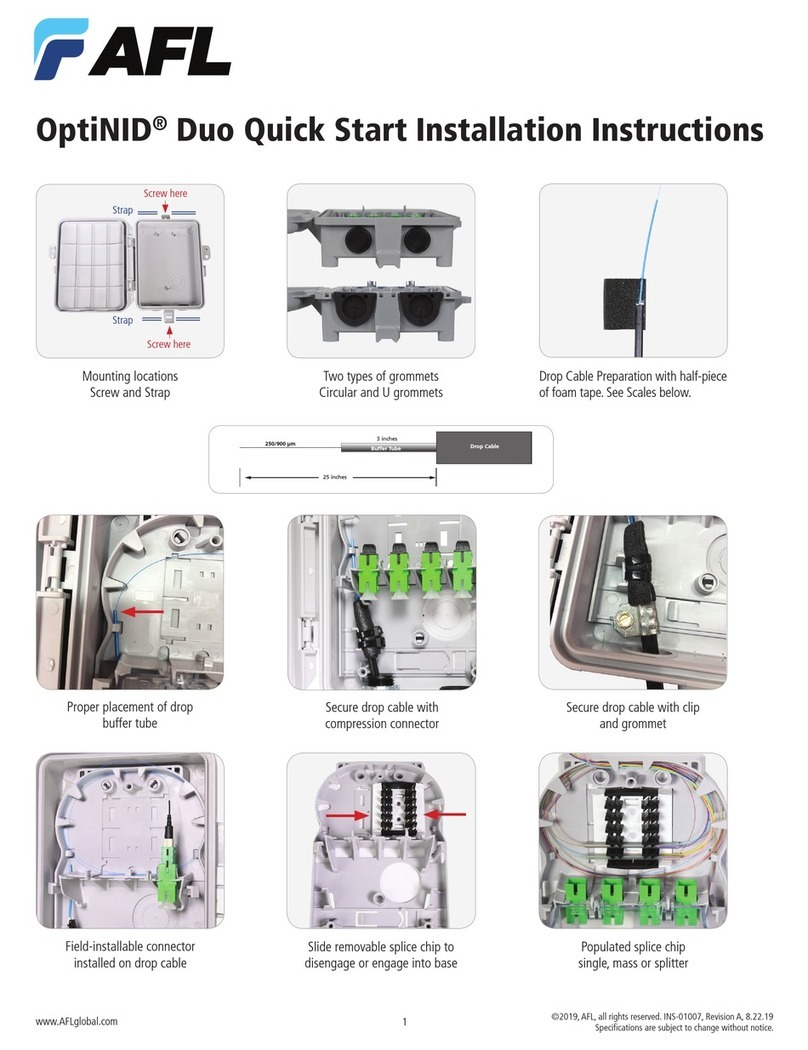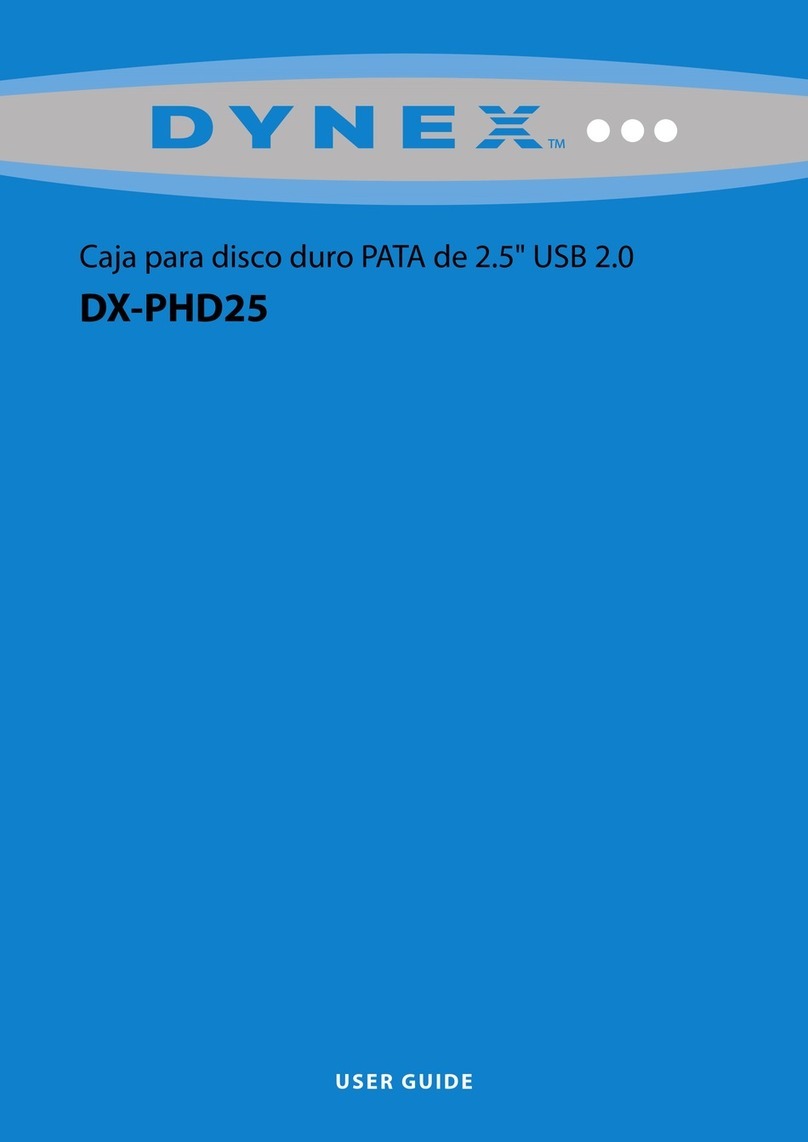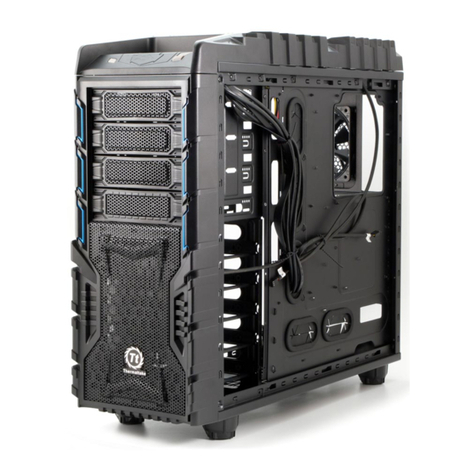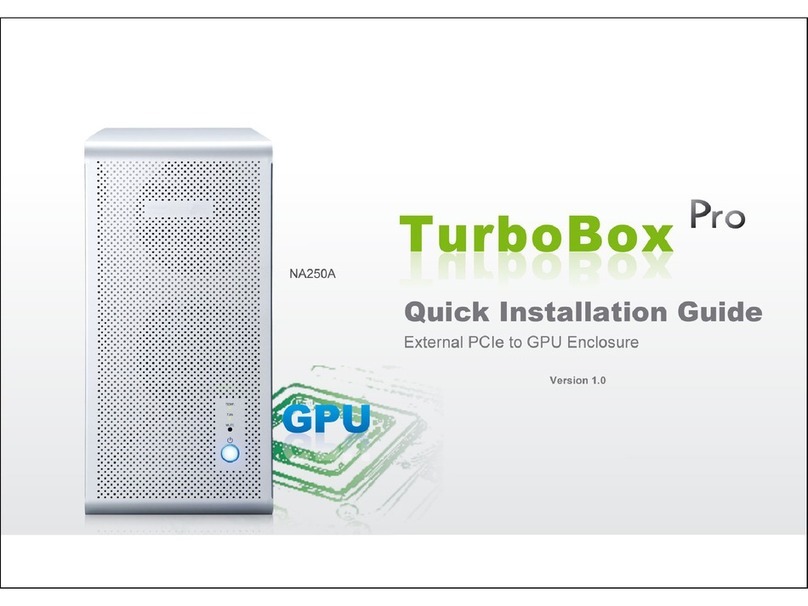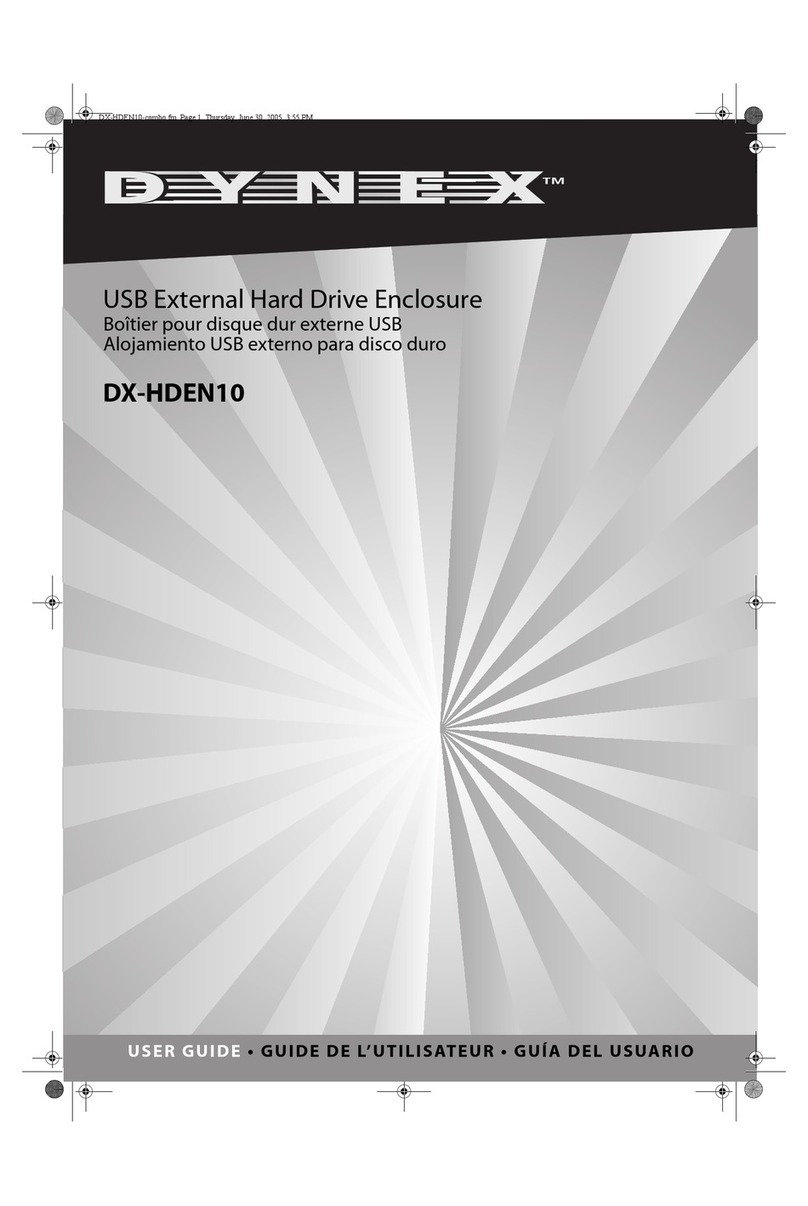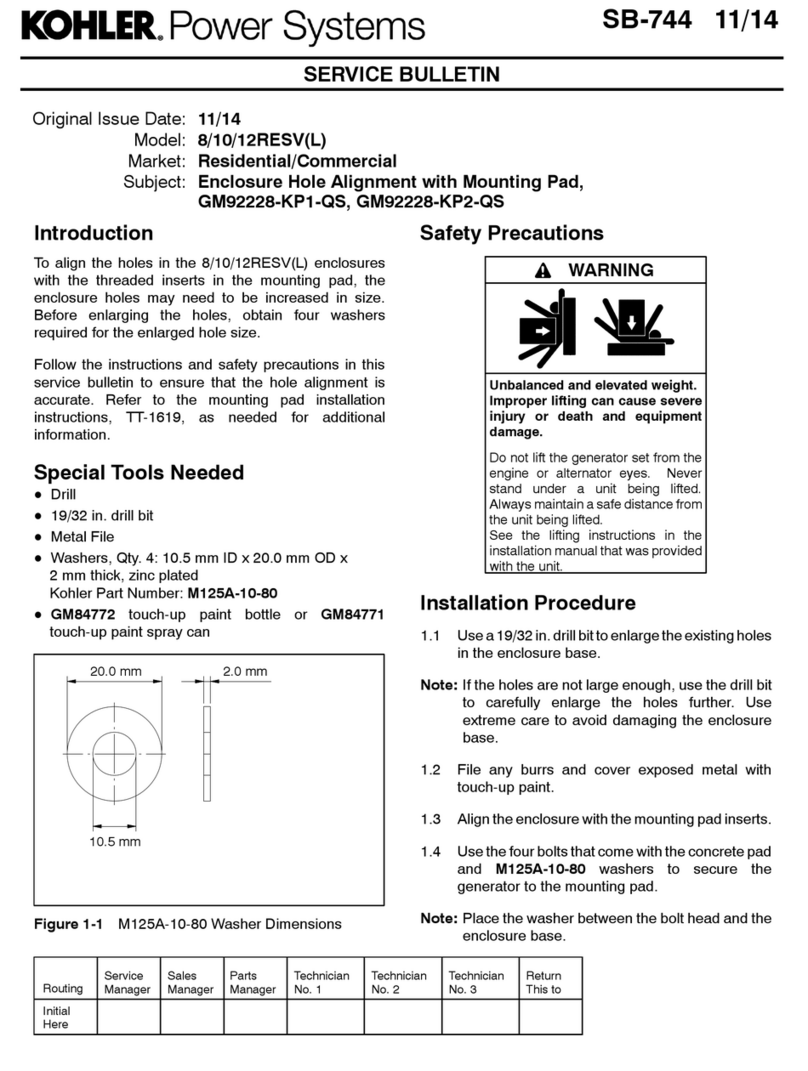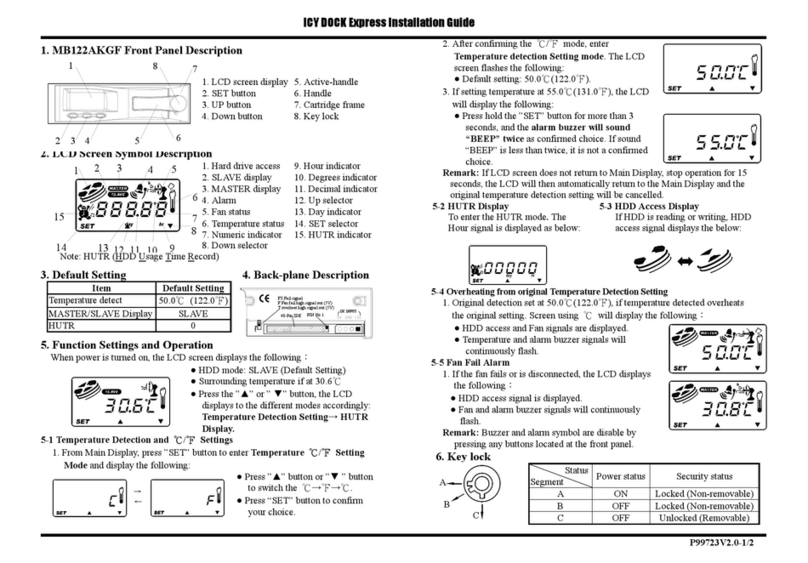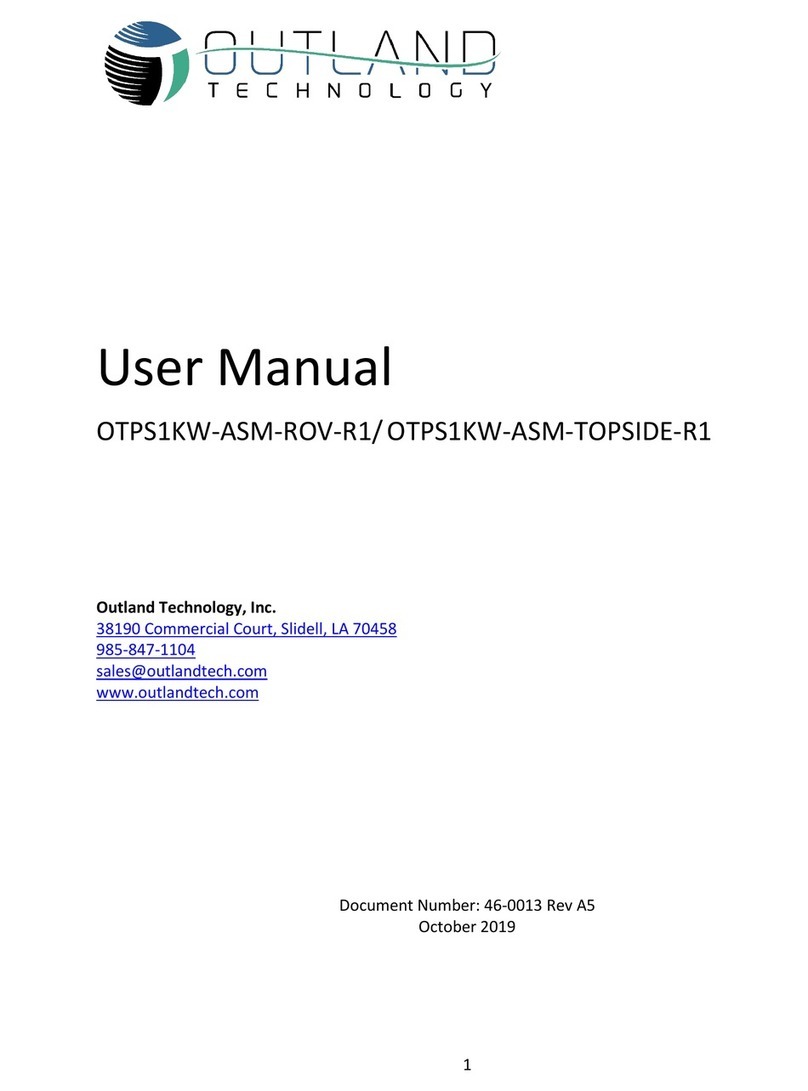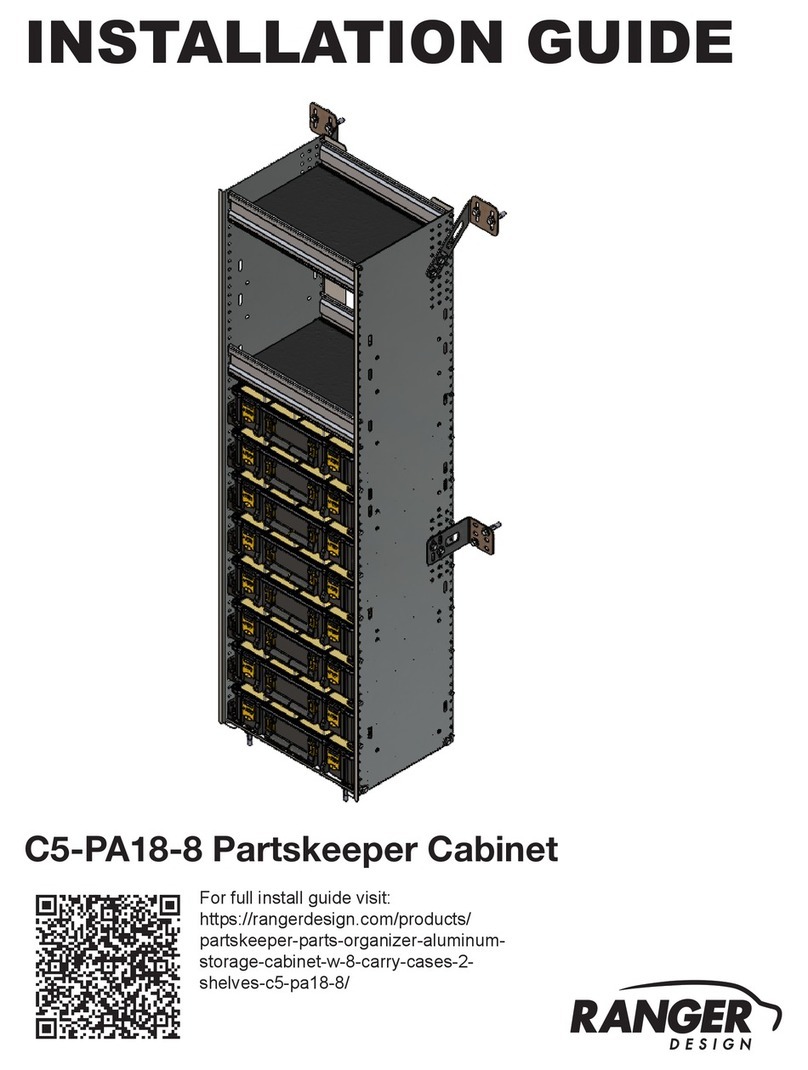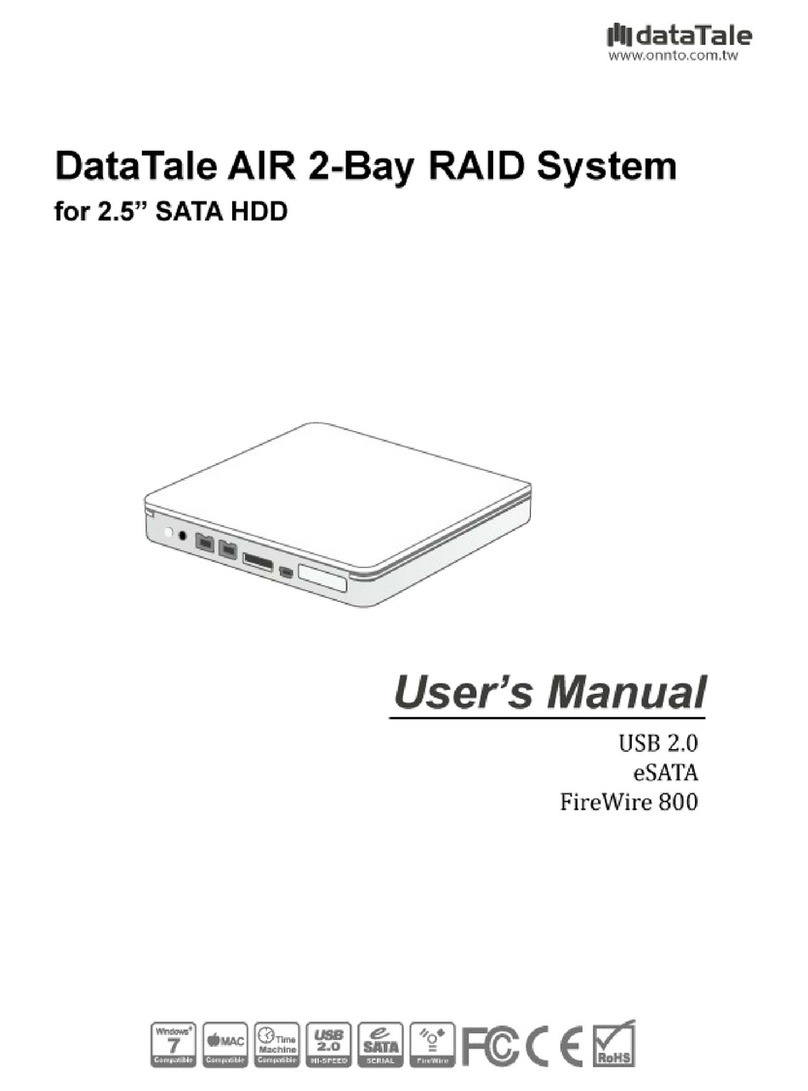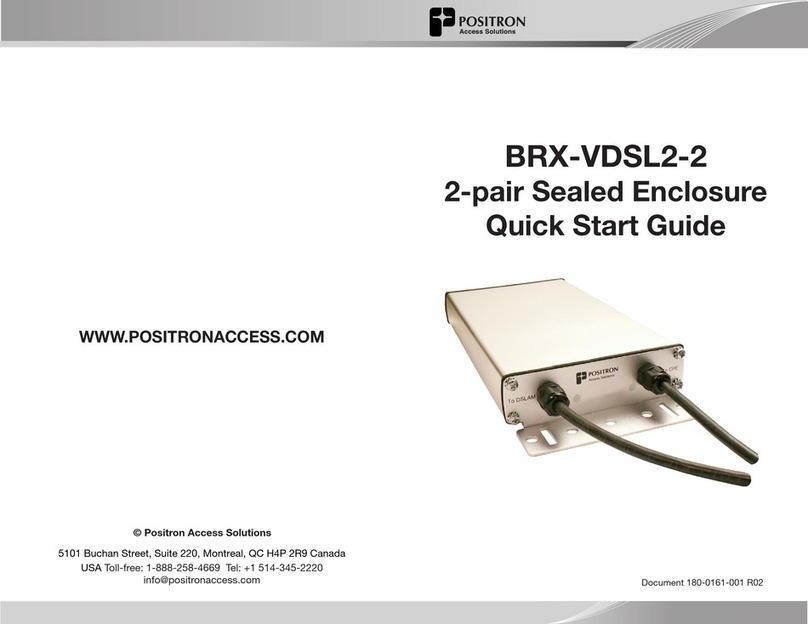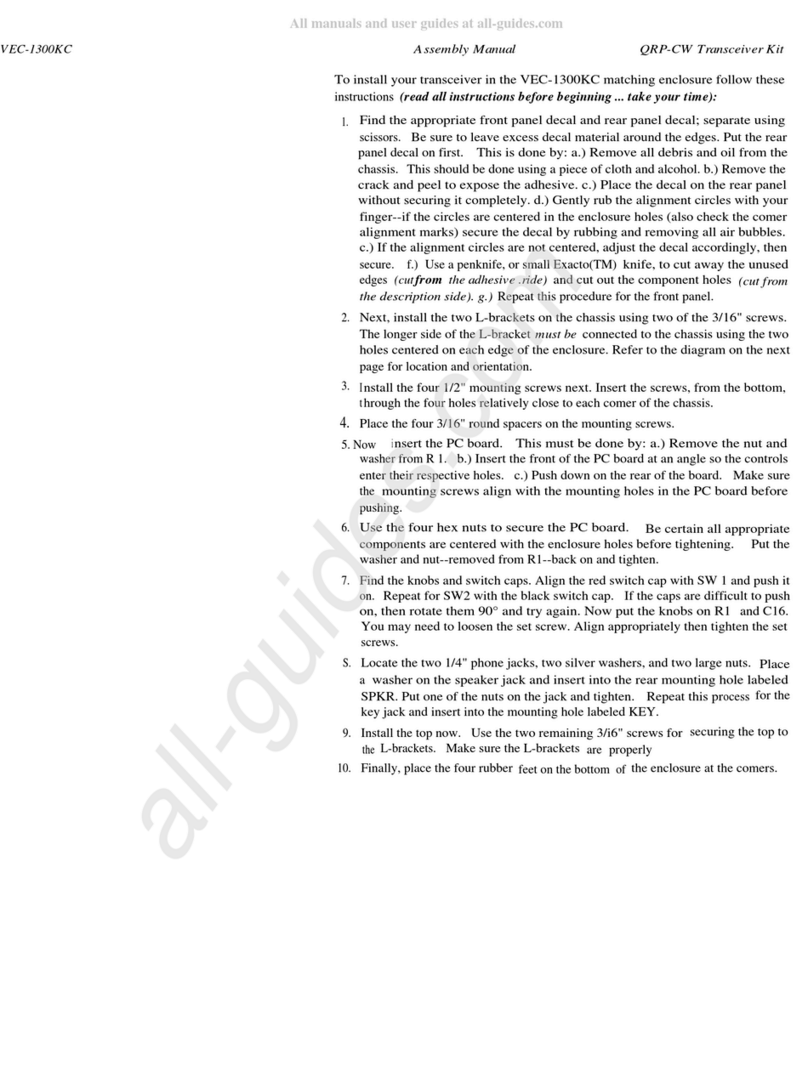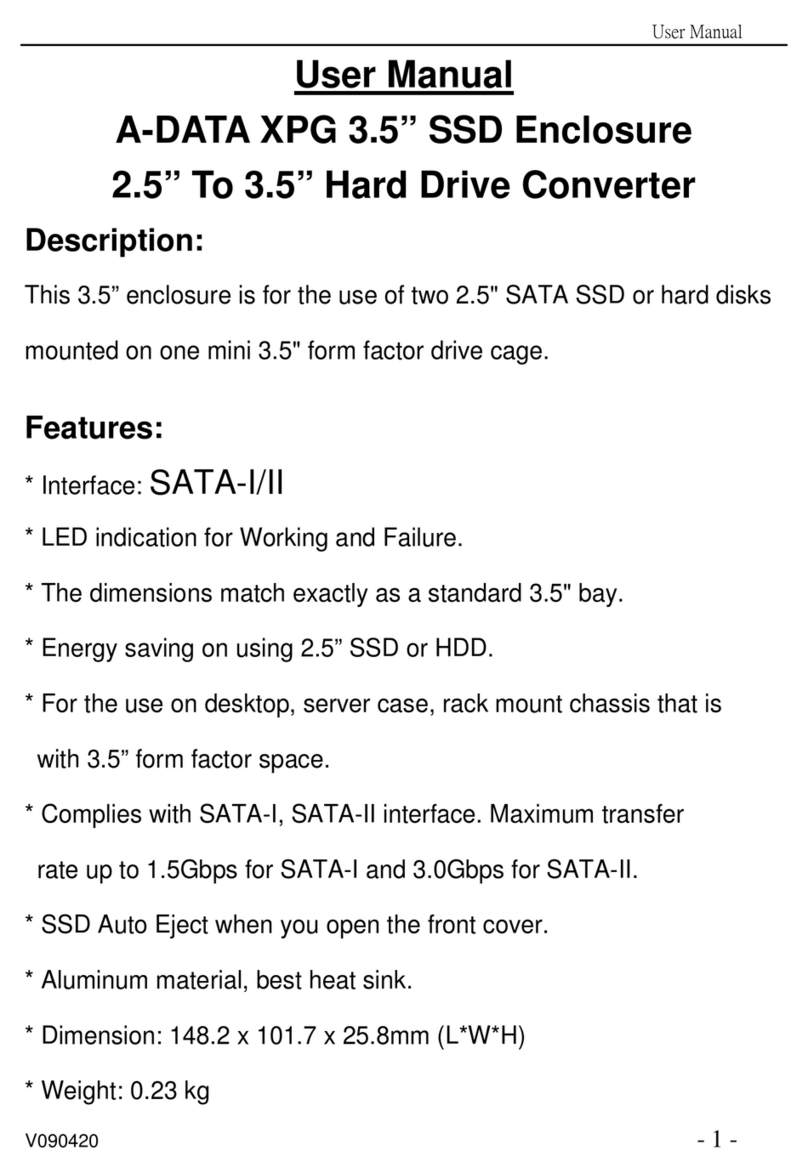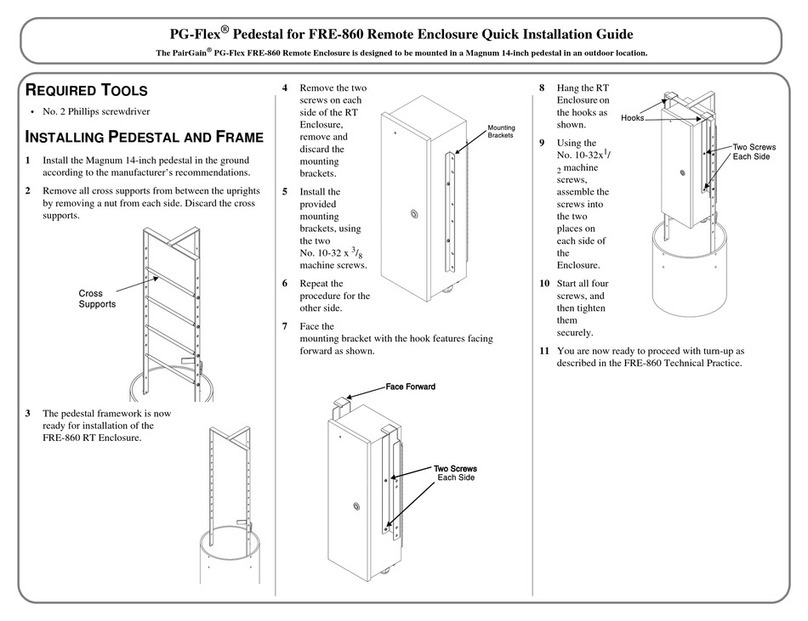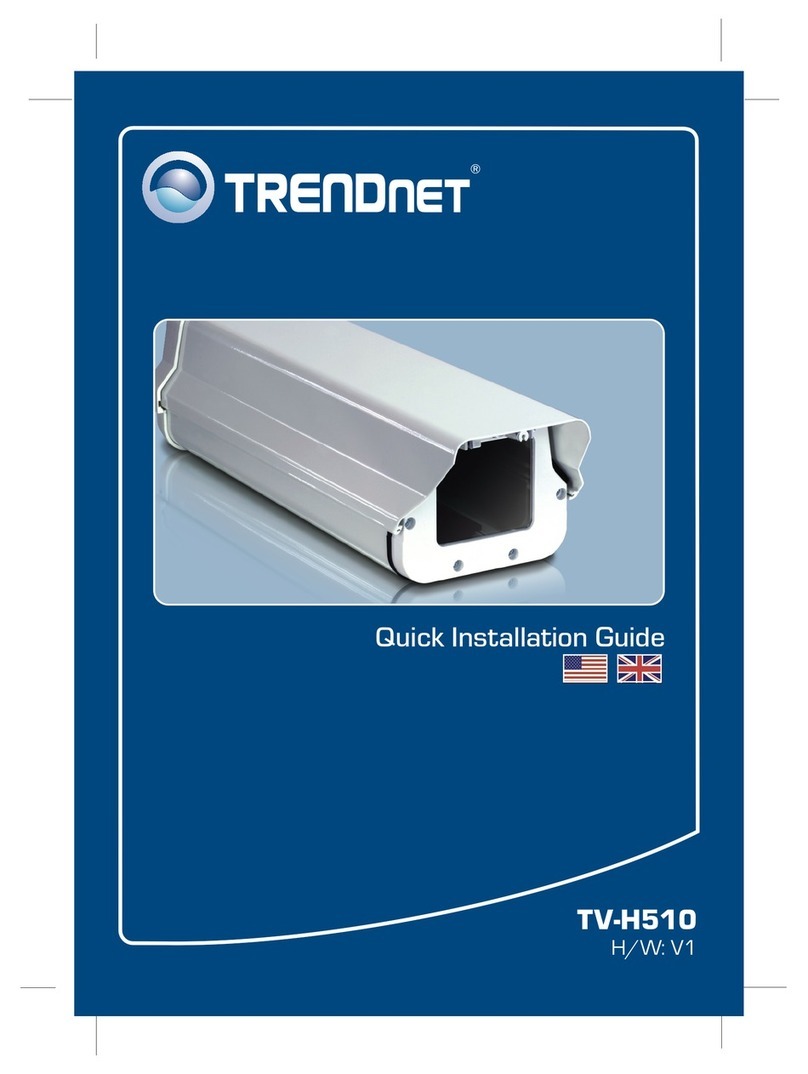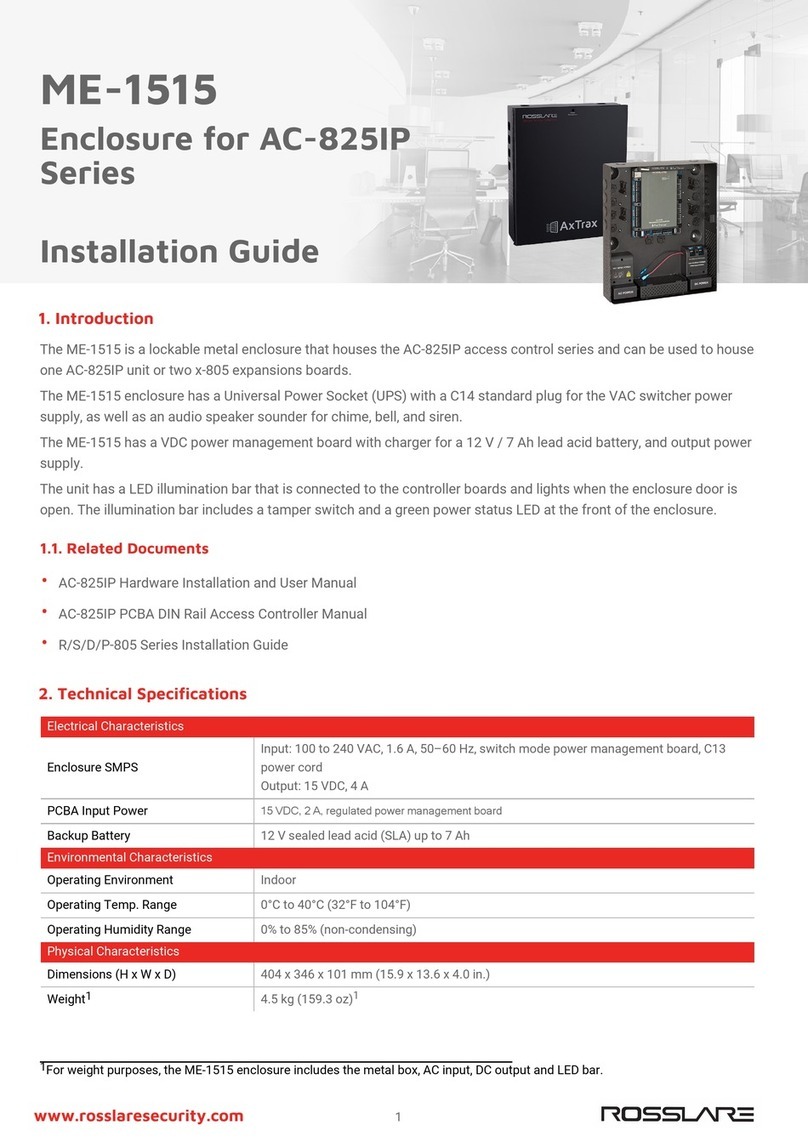AFL IDEAA 144F User manual

1
INSTALLATION INSTRUCTIONS
IDEAA®Interior Distribution Cabinet 144F
TABLE OF CONTENTS
GENERAL ........................................................................................................................................................................ 2
SPECIFICATIONS............................................................................................................................................................ 2
PACKAGE CONTENTS.................................................................................................................................................... 2
PACKAGE CONTENTS: ACCESSORIES........................................................................................................................ 3
REQUIRED TOOLS ......................................................................................................................................................... 3
ADD-ON COMPONENTS................................................................................................................................................. 3
CABINET MOUNTING – WALL MOUNT BRACKET ATTACHMENT............................................................................... 3
CABINET MOUNTING – WALL MOUNT.......................................................................................................................... 3
LOCK AND UNLOCK EXTERIOR DOORS...................................................................................................................... 4
DOOR REMOVAL AND RE-INSTALLATION.................................................................................................................... 4
CABLE PREPARATION .................................................................................................................................................. 4
CABLE INSTALLATION ................................................................................................................................................... 5
COMPRESSION FITTING INSTALLATION ..................................................................................................................... 5
DISASSEMBLE COMPRESSION FITTING – CABLE REPLACEMENT ........................................................................ 6
SPLICING......................................................................................................................................................................... 6
DISTRIBUTION CABLE INSTALLATION – MPO DISTRIBUTION CABLE...................................................................... 6
DISTRIBUTION CABLE INSTALLATION – MPO PIGTAIL SPLICING............................................................................. 8
IDEAA SPLITTER MODULE INSTALLATION – MOUNT IDEAA SPLITTER MODULE ................................................... 9
IDEAA SPLITTER MODULE INSTALLATION – ACTIVATE IDEAA SPLITTER MODULE ............................................... 9
IDEAA SPLITTER MODULE INSTALLATION – CONNECT DISTRIBUTION FIBER......................................................11
MDU DROP CABLE INSTALLATION – 4.8 MM CABLE ................................................................................................ 12
PASS THROUGH CONNECTION.................................................................................................................................. 14

2
INSTALLATION INSTRUCTIONS
IDEAA®Interior Distribution Cabinet
© 2016, AFL, all rights reserved. Revision C, 3.3.17
Specications are subject to change without notice.
GENERAL
SPECIFICATIONS
The IDEAA Interior Distribution Cabinet (IDC) provides a convenient modular approach to centralized ber distribution in
medium to large Multiple Dwelling Units (MDU). All sizes of the IDC utilize the IDEAA splitter module to enable versatility
across the platform. The IDC utilizes innovative jumper routing to enable efcient ber management utilizing equal length
pigtails for the entire cabinet. The IDEAA IDC provides MDU ber distribution in an extremely compact size.
Parameter Value
Splitter Capacity Up to 5 Modules
Input/Pass Through Ports 12
Dimensions - (L x W x H) in. (cm) 21.7 x 19.0 x 12.5 (55.12 x 48.26 x 31.75)
PACKAGE CONTENTS
A. IDEAA Interior Distribution Cabinet
B. Fiber Input Pigtail
C. Input Splice Tray
D. Fiber Distribution Jumpers

3
INSTALLATION INSTRUCTIONS
IDEAA®Interior Distribution Cabinet
© 2016, AFL, all rights reserved. Revision C, 3.3.17
Specications are subject to change without notice.
1. Using local engineering practices, determine the
mounting position of the cabinet on the wall.
2. Mark the three mounting points to be pre-drilled for
cabinet placement.
3. Using local accepted practices and approved
hardware, insert a lag screw into each of the three
pre-drilled mounting holes. Screw the lag screws
half-way into the wall.
Note: For best practice, it is recommended that
the lag screws hex head is wider than the key
slots of the cabinet mounts. Also, ensure that
the shaft of the screws is smaller than the actual
mounting slots for ease of installation.
4. Mount the cabinet over the pre-installed lag screws.
5. Secure the cabinet to the wall by tightening the three
lag screws. Before the lag screws are completely
tightened a level may be used to ensure that the
cabinet is in the desired position.
REQUIRED TOOLS
216 style Socket Tool
Phillips Head Screwdriver
1. Locate the three bracket mounting positions on the
back of the 144F IDC. (Figure 1)
2. Using a standard 216 style tool, or similar, attach
the three wall mount brackets included in the Wall
Mounting Hardware Kit. (Figure 2)
PACKAGE CONTENTS:
ACCESSORIES
Wall Mounting Hardware Kit
LGX-118 Mounting Bracket Kit
Replacement Door Label Kit
Input Compression Fitting Kit
ADD-ON COMPONENTS
SC IDEAA Module – 1 x 32
Universal Splice Tray
Compression Fitting Kit
FUSEConnect®MPO Splice-On Connector
FASTConnect®Mechanical Connectors
MPO Pigtail Kit
One-Click®SC Cleaner
One-Click®MPO Cleaner
CABINET MOUNTING – WALL
MOUNT BRACKET ATTACHMENT
CABINET MOUNTING – WALL MOUNT
Bracket
Positions
Figure 1
Figure 2

4
INSTALLATION INSTRUCTIONS
IDEAA®Interior Distribution Cabinet
© 2016, AFL, all rights reserved. Revision C, 3.3.17
Specications are subject to change without notice.
LOCK AND UNLOCK EXTERIOR DOORS
1. Using a standard 216 style tool, or similar, turn the locking bolt located at the center of the IDC door
a ¼ turn clockwise to unlock and counter clockwise to lock the cabinet..
Note: A pad lock, not provided, may be utilized if additional security is desired.
DOOR REMOVAL AND RE-INSTALLATION
The IDC was designed so that the door may be installed on either side of the cabinet for applications where there are
space restrictions.
1. Lift up on the cabinet door to release it from the hinge pins.
3. Using local engineering practices determine which side of the cabinet the door is to be placed. Install the enclosure
door over the appropriate hinge pins.
3. Review the label and diagram orientation on the IDC door. If necessary, apply the included Replacement Door Label
Kit in the appropriate positioning.
4. Using a standard 216 style socket tool, or similar, lock the cabinet.
CABLE PREPARATION
Caution: Fiber optic cable is susceptible to damage
from excessive bending, pulling or crushing forces.
At every stage of the installation process ensure that
loose buffer tubes, ribbon or Wrapping Tube Cable
(WTC) with Spider Web® Ribbon (SWR) bers are
free from unintentional cuts, knick or bends to avoid
potential ber damage.
1. Mark the cable to have a minimum 60"(152.4 cm) opening.
2. Use local accepted practice to remove the cable sheath.
3. Using wire cutters cut the central strength member back to the sheath opening.
Note: For best practice, when working with WTC it
is recommended accepted local practices be used
to protect the SWR ber before continuing to the
cable installation.
60"(152.4 cm)

5
INSTALLATION INSTRUCTIONS
IDEAA®Interior Distribution Cabinet
© 2016, AFL, all rights reserved. Revision C, 3.3.17
Specications are subject to change without notice.
1. Using a standard 216 style tool, or similar, remove the
shipping screws from each side of the swing down tray.
A total of two screws will be removed. (Figure 3)
2. Using a standard 216 style tool, or similar, loosen the
shipping screw from the swing down splice tray holder
in order to begin splicing. Do not remove this screw
from the swing down splice tray holder. (Figure 4)
3. Determine the appropriate compression tting
for the application.
4. Located at the lower right side of the cabinet, knock
out the appropriate mounting hole to accommodate
the compression tting. (Figure 5)
5. Install the compression tting, reference the
Compression Fitting Installation section of this
document. (Figure 6)
6. Using local engineering practices determine which
bers will be unused for the input splicing and separate
the bundles from the bers that will be routed to the
splice tray.
7. Route the unused buffer tubes through the ber
management rings located on the side wall of the IDC.
(Figure 7)
CABLE INSTALLATION
COMPRESSION FITTING
INSTALLATION
Caution: In order to avoid micro bends or ber damage do not over-tighten the compression tting
around the ber cable.
1. Ensure that the mounting hole is free from burrs and that the cabinet surface is smooth and free of debris.
2. Place the hex portion on the body (not the sealing nut) into the mounting hole.
3. Insert the cable through the tting to the desired position.
Note: For best practice, it is recommended that when working with the 9-port compression tting that the
multi-port grommet be removed from the tting body. Slit each of the application appropriate ports and align
the grommet around the cables. Once all required cables are seated in the grommet, insert both the cables
and grommet back into the tting body.
4. Tighten the sealing nut to hand-tight.
5. Using a wrench hold the body hex stationary while tightening the sealing nut with a second wrench.
Tighten until the cable is held securely in place.
6. Check to ensure that the tting body is still screwed tightly into the panel.
Shipping Screws
Figure 3
Shipping Screw
Figure 4
Figure 5
Figure 7Figure 6

6
INSTALLATION INSTRUCTIONS
IDEAA®Interior Distribution Cabinet
© 2016, AFL, all rights reserved. Revision C, 3.3.17
Specications are subject to change without notice.
SPLICING
1. Prior to splicing, ensure that adequate slack for both
the feeder ber and the input pigtail ber is stored
within the splice tray. Mark bers for splicing.
2. Clean the individual ber per accepted local practice
using an approved ber cleaner.
3. Follow accepted local practice for preparing and
splicing feeder bers and input pigtail bers.
4. Once all splicing is complete, route the exposed bers
inside the splice tray. (Figure 8)
Note: Thick foam pads may be used to help
organize loose tube bare bers within the
splice tray.
5. Replace the splice tray cover.
6. Secure the splice tray to the swing down splice tray
holder with the hook and loop band.
7. The ber management rings on the side wall of the IDC
may be used for slack storage. (Figure 9)
8. Return the swing down splice tray holder to the upright
position and secure the shipping screw.
DISTRIBUTION CABLE INSTALLATION - MPO DISTRIBUTION CABLE
The top plate of the 144F IDC may be removed to aid in
the distribution cable installation process.
Note: For distribution cable entry from the bottom
of the cabinet, reference the Cable Installation
section of this document before continuing on
to Step 7.
1. Remove the ve caps to expose the nuts on the top
of the 144F IDC.
2. Using a standard 216 style tool, or similar, remove the
ve nuts that secure the top plate to the cabinet body.
(Figure 10)
DISASSEMBLE COMPRESSION FITTING – CABLE REPLACEMENT
1. To disassemble for cable replacement, loosen the sealing nut.
2. Grip the disconnected cable and pull while turning the cable in the counter-clockwise direction.
Figure 8
Figure 9
Figure 10

7
INSTALLATION INSTRUCTIONS
IDEAA®Interior Distribution Cabinet
© 2016, AFL, all rights reserved. Revision C, 3.3.17
Specications are subject to change without notice.
3. Remove the top plate.
4. Determine the appropriate compression tting
for the application.
5. Knock out the appropriate mounting hole
to accommodate the compression tting.
6. Install the appropriate compression tting.
Reference the Compression Fitting Installation
section of this document.
7. Using local engineering practices, determine the
port to be used on the MPO eld for the MPO
distribution cable.
8. Use local accepted practices to clean the connector
end face and plug the connector into the appropriate
port. (Figure 11)
9. Use the ber management rings to route the
MPO distribution cable through the back side of the
144F IDC. (Figure 12)
Note: A FUSEConnect®MPO Splice-On Connector
may be spliced onto a non-connectorized
distribution cable. The FUSEConnect®MPO
Splice-On Connector application will utilize the
same cable installation and routing techniques
outlined in steps 1-7. Reference the installation
instructions provided with the FUSEConnect®
MPO Splice-On Connector. The document will
include the following:
•Fiber Preparation
•Fiber Splicing
•Connector Assembly
10. Use local accepted practices to label the MPO
distribution ber connection in the appropriate space
on the door label, as applicable.
11. Repeat Steps 7 – 10 for each MPO distribution cable
to be installed.
Distribution
Drop
Figure 11
Figure 12

8
INSTALLATION INSTRUCTIONS
IDEAA®Interior Distribution Cabinet
© 2016, AFL, all rights reserved. Revision C, 3.3.17
Specications are subject to change without notice.
DISTRIBUTION CABLE INSTALLATION - MPO PIGTAIL SPLICING
When a non-connectorized distribution cable is utilized a MPO pigtail may be spliced onto the distribution cable.
Note: For distribution cable entry from the bottom of the cabinet, reference the Cable Installation section
of this document before continuing on to step 7.
1. Remove the ve caps to expose the nuts on the top side of the 144F IDC.
2. Using a standard 216 style tool, or similar, remove the ve nuts that secure the top plate
to the cabinet body. (Figure 10)
3. Remove the top plate.
4. Determine the appropriate compression tting for the application.
5. Knock out the appropriate mounting hole to accommodate the compression tting.
6. Install the appropriate compression tting. Reference the Compression Fitting Installation section
of this document.
7. Using a standard 216 style tool, or similar, loosen the shipping screw from the swing down splice tray holder
in order to begin splicing. Do not remove this screw from the swing down tray holder. (Figure 4)
8. Prior to splicing, ensure that adequate slack for both the distribution ber and the MPO pigtail ber
is stored within the splice tray. Mark bers for splicing.
9. Clean the ber per accepted local practice using an approved ber cleaner.
10. Follow accepted local practice for preparing and splicing distribution bers and MPO pigtail bers.
11. Once all splicing is complete, route the exposed bers inside the splice tray. (Figure 8)
12. Replace the splice tray cover.
13. Secure the splice tray to the swing down splice tray
holder with the hook and loop band.
14. The ber management rings on the side wall
of the IDC may be used for slack storage. (Figure 9)
15. Using local engineering practices, determine the
port to be used on the MPO eld for the
MPO distribution cable.
16. Use local accepted practices to clean the connector
end face and plug the connector into
the appropriate port. (Figure 11)
17. Use the ber management rings to route the
MPO pigtail ber through the back side of the
144F IDC. (Figure 13)
18. Return the swing down splice tray holder to the upright
position and secure the shipping screw.
Distribution
Pigtail
Figure 13

9
INSTALLATION INSTRUCTIONS
IDEAA®Interior Distribution Cabinet
© 2016, AFL, all rights reserved. Revision C, 3.3.17
Specications are subject to change without notice.
1. Using local engineering practices, determine the
location of the IDEAA Splitter Module to be installed
within the IDC.
2. Using the provided hex-head screws, attach the
mounting bracket to the bottom side of the IDEAA
Splitter Module. (Figure 14)
3. Install the IDEAA LGX-118 Rack Mount Bracket into
the LGX-118 mounting xture by pressing in the two
nylatch plungers. (Figure 16)
4. Repeat Steps 1 – 3 for each IDEAA Splitter Module
to be mounted.
IDEAA SPLITTER MODULE INSTALLATION
MOUNT IDEAA SPLITTER MODULE
Nylatch Plunger
Nylatch Plunger
ACTIVATE IDEAA SPLITTER MODULE
An IDEAA Splitter Module that has been mounted into
the IDC is not active until it has been connected to the
Input Field.
Caution: When working with ber optics, do
not look directly into the end of the ber cable
or adapter port. A power meter may be used to
determine if the cable or port is dark. Or use
locally accepted ber optic safety practices.
1. Use local accepted practices to clean the connector
end face at both ends of the jumper provided with the
IDEAA Splitter Module.
2. Plug the jumper cable into the black input port on
the IDEAA Splitter Module. Use the foam ber relief
to route the jumper cable to the ber routing section
of the IDC. (Figure 16)
Note: When mounted on the LGX-118 mounting
xture the black input port will be located in the
bottom right corner of the module adapter eld.
Figure 14
Figure 15
Figure 16

10
INSTALLATION INSTRUCTIONS
IDEAA®Interior Distribution Cabinet
© 2016, AFL, all rights reserved. Revision C, 3.3.17
Specications are subject to change without notice.
3. Using local engineering practices, determine the port
to be used on the input panel for activating the IDEAA
Splitter Module. Plug the opposite end of the jumper
into the desired port on the input panel. Use the foam
ber relief to route the jumper cable to the ber routing
section of the IDC. (Figure 17)
4. Route the remaining jumper slack through the ber
routing section of the IDC. (Figure 18)
5. Use local accepted practices to label the input ber
connection in the appropriate space on the door label,
as applicable.
6. Repeat Steps 1 – 5 for each IDEAA Splitter Module
that needs to be activated.
Splitter
Input Jumper
Figure 17
Figure 18

11
INSTALLATION INSTRUCTIONS
IDEAA®Interior Distribution Cabinet
© 2016, AFL, all rights reserved. Revision C, 3.3.17
Specications are subject to change without notice.
CONNECT DISTRIBUTION FIBER
1. If not already removed, remove the shipping screws from each side of the swing down tray. A total of two screws
will be removed. (Figure 3)
2. Using local engineering practices, determine the appropriate distribution ber to be connected. Remove the
corresponding ber storage cartridge from the swing down tray by pushing in and pulling up on the cartridge arms.
(Figure 19)
Note: The cartridges and distribution bers are numbered to assist in ber identication.
Additionally, distribution bers may be identied by placing a red light on the customer side of the ber
and locating the ber on the swing down tray. (Figure 19)
3. Remove the desired distribution ber from the cartridge by sliding the connector out of the housing location
and continue to route the cable out of the cartridge.
4. For best practice, it is recommended that the distribution ber be removed from
all Velcro and routed back to the cable transition.
Ensuring the distribution ber has a clear path to the ber routing section of the IDC.
5. Use local accepted practices to clean the distribution ber connector end face.
6. Connect the distribution ber to the appropriate port on the IDEAA Splitter Module.
Use the foam ber relief to route the distribution ber to the ber routing section
of the IDC, employing a similar technique to that used with the input
jumper cable. (Figure 20)
Figure 19
Figure 20

12
INSTALLATION INSTRUCTIONS
IDEAA®Interior Distribution Cabinet
© 2016, AFL, all rights reserved. Revision C, 3.3.17
Specications are subject to change without notice.
7. Route the remaining distribution ber slack through the
ber routing section of the IDC. (Figure 21)
8. Use local accepted practices to label the distribution
ber connection in the appropriate space on the door
label, as applicable.
9. Repeat Steps 2 – 8 for each addition distribution ber
needing to be connected.
Note: Unused bers should remain in the ber
storage cartridge until needed.
MDU DROP CABLE INSTALLATION - 4.8MM CABLE
The 144F IDC is capable of supporting up to (72) direct connections to the living unit through the use of a MDU drop cable
for applications in which the interconnect panel will be bypassed.
Caution: Fiber optic cable is susceptible to damage from excessive bending, pulling or crushing forces.
At every stage of the installation process ensure that the bers are free from unintentional cuts, knick or
bends to avoid potential ber damage.
1. Remove the two caps to expose the nuts on the MDU drop access plate, located in the lower left corner
of the cabinet.
2. Using a standard 216 style tool, or similar, remove the two nuts that secure the MDU drop access plate
to the cabinet body. (Figure 22)
3. Remove the MDU drop access plate. (Figure 23)
4. Use local accepted practices to remove the cable sheath.
Distribution
Jumper
Figure 21

13
INSTALLATION INSTRUCTIONS
IDEAA®Interior Distribution Cabinet
© 2016, AFL, all rights reserved. Revision C, 3.3.17
Specications are subject to change without notice.
7. Ensure that the exposed 900 µm ber is long enough
to reach the desired IDEAA Splitter Module port.
8. Repeat steps 4 – 7 for all desired MDU drop cables.
9. Once all MDU drop cables have been installed, replace
the drop access plate.
10. Using a standard 216 style tool, or similar, replace the
two nuts that secure the MDU drop access plate to the
cabinet body and cover with caps. (Figure 25)
11. Install FASTConnect®Mechanical Connector.
Reference the installation instructions provided with the
FASTConnect®Mechanical Connector. The document
will include the following:
• Fiber Preparation
• Fiber Termination
• Connector Assembly
12. Using local engineering practices, determine which
port on the IDEAA Splitter Module will be used for
the MDU drop connection.
13. Use local accepted practices to clean the distribution
ber connector end face.
14. Connect the distribution ber to the appropriate port on
the IDEAA Splitter Module. Use the foam ber relief to
route the distribution ber to the ber routing section
of the IDC, employing a similar technique to that used
with the input jumper cable. (Figure 26)
6. Slide the 4.8 mm drop cable to the backmost position within the drop retention bracket.
Recommendation: For best practice no more than 35" (88.9 cm) of 900 µm ber be exposed for the MDU
drop cable installation process. This length will optimize the routing capability within the IDC and prevent
excessive lengths of 900 µm ber from collecting within the cabinet.
5. Insert the 4.8mm jacket into the drop retention bracket. (Figure 24)
Figure 22 Figure 23 Figure 24
Replace
Nuts & Caps
Figure 25
Figure 26

14
INSTALLATION INSTRUCTIONS
IDEAA®Interior Distribution Cabinet
© 2016, AFL, all rights reserved. Revision C, 3.3.17
Specications are subject to change without notice.
15. Route the remaining distribution ber slack through the ber routing section of the IDC. (Figure 27)
16. Use local accepted practices to label the distribution ber connection in the appropriate space on the door label,
as applicable.
17. Repeat Steps 10 – 16 for each addition distribution ber needing to be connected.
PASS THROUGH CONNECTION
1. Using local engineering practices, determine the appropriate distribution ber to be used for a pass through
connection. Remove the corresponding ber storage cartridge from the swing down tray by pushing in and
pulling up on the cartridge arms.
2. Remove the desired distribution ber from the cartridge by sliding the connector out of the housing location
and continue to route the cable out of the cartridge.
3. For best practice, it is recommended that the distribution ber be routed back to the cable transition.
Ensuring the distribution ber has a clear path to the ber routing section of the IDC.
4. Use local accepted practices to clean the distribution ber connector end face.
5. Connect the distribution ber to the appropriate port on the input eld.
6. Use the foam ber relief to route the distribution ber to the ber routing section of the IDC.
Employing a similar technique to that used with the jumper cable.
7. Route the remaining distribution ber slack through the ber routing section of the IDC.
8. Repeat Steps 1 – 7 for each addition pass through connection.
Note: Unused bers should remain in the ber storage cartridge until needed.
4.8 mm Drop
Figure 27
Table of contents
Other AFL Enclosure manuals
